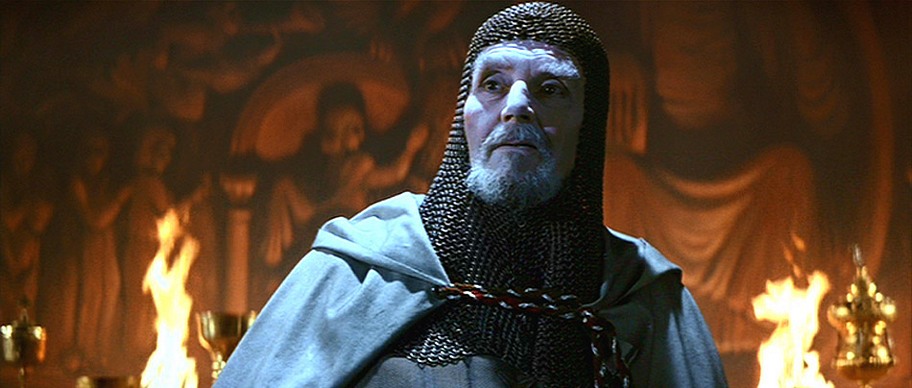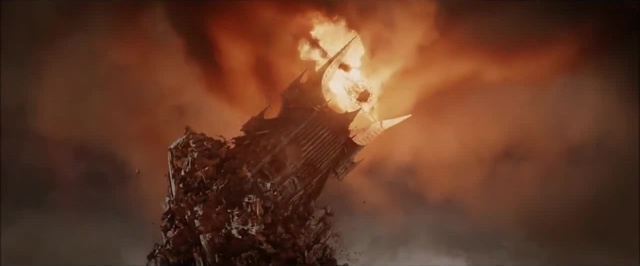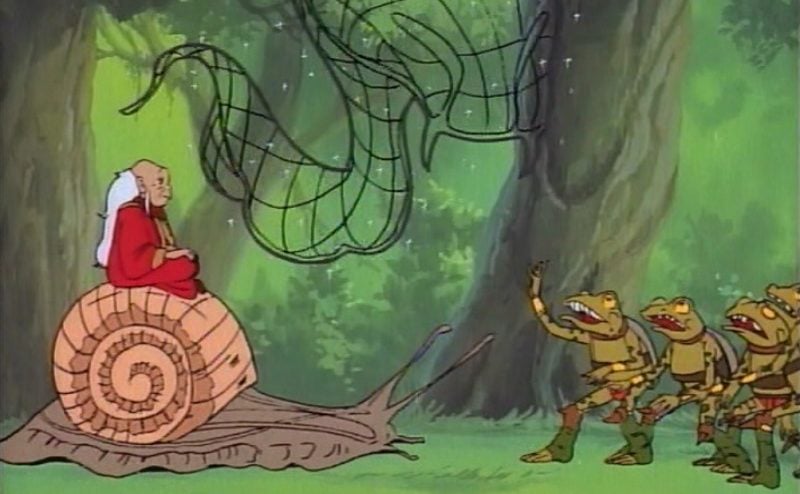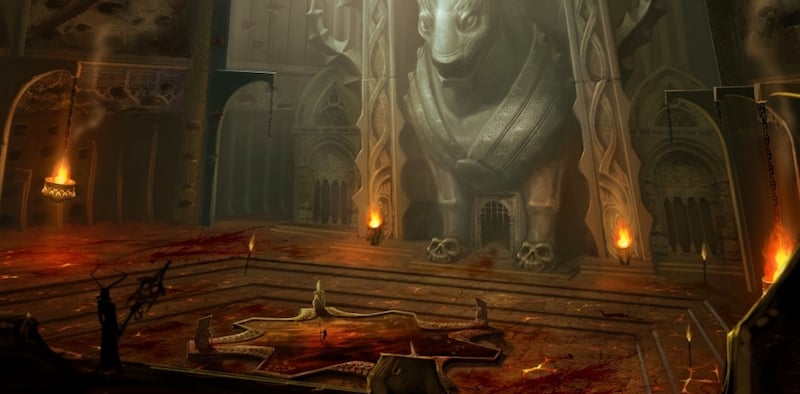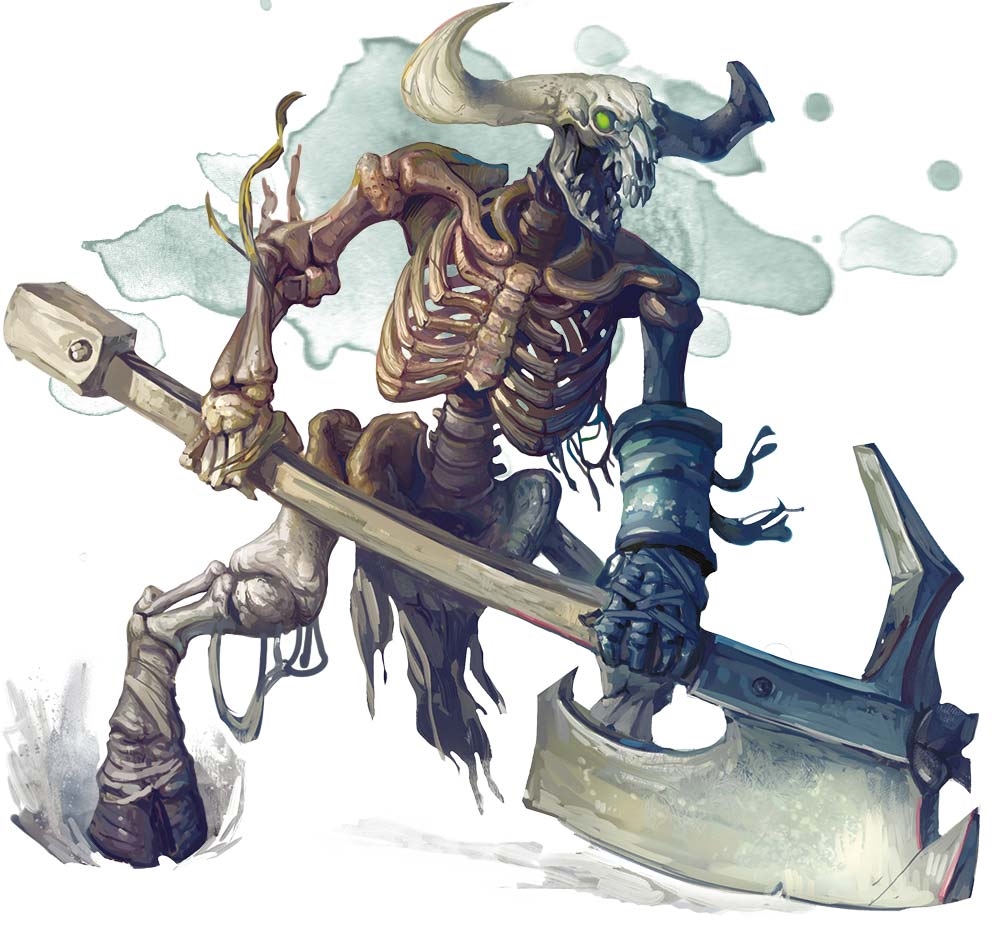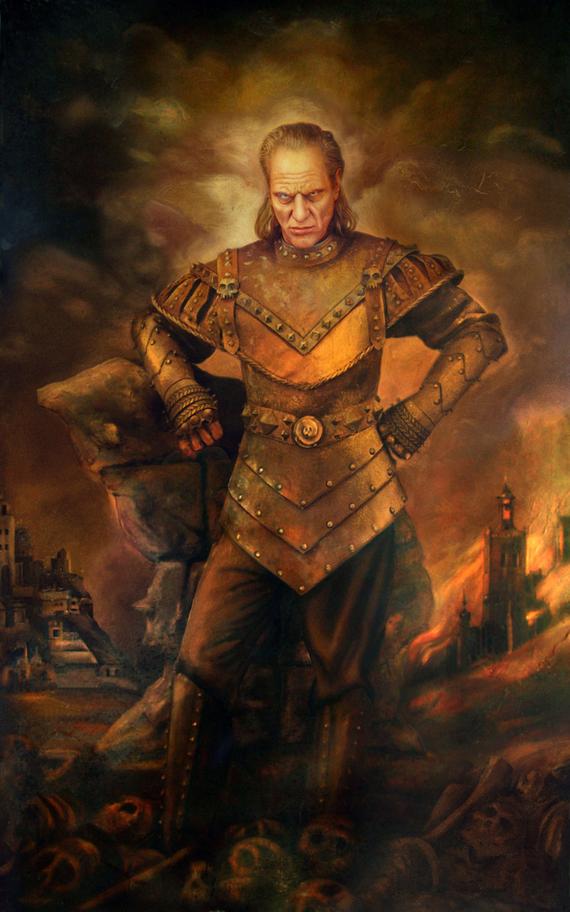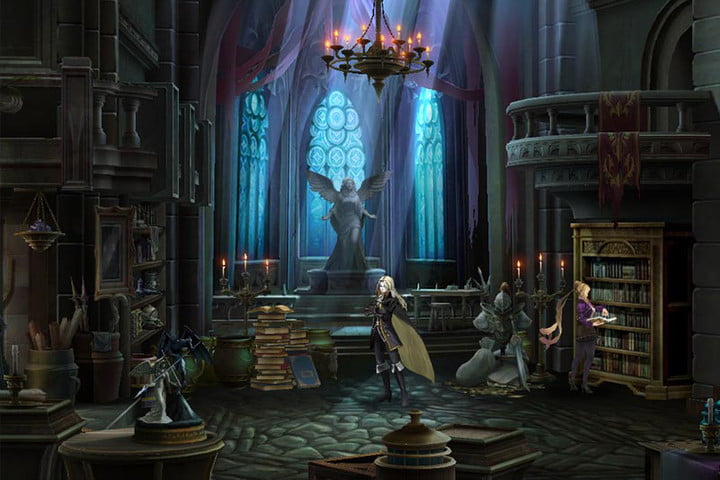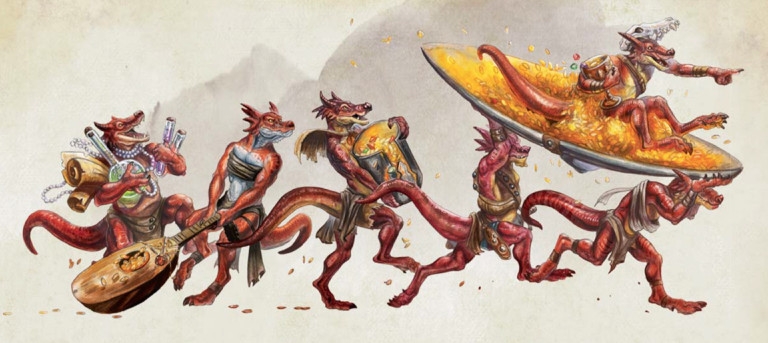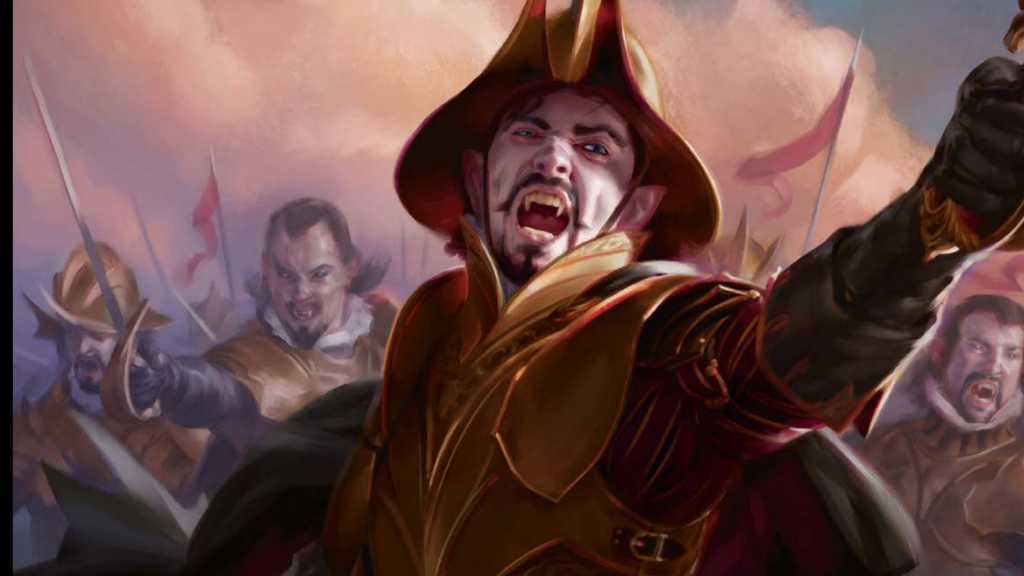Let’s Make A Dungeon Part 6 – Moving Parts And Dynamic Dungeons
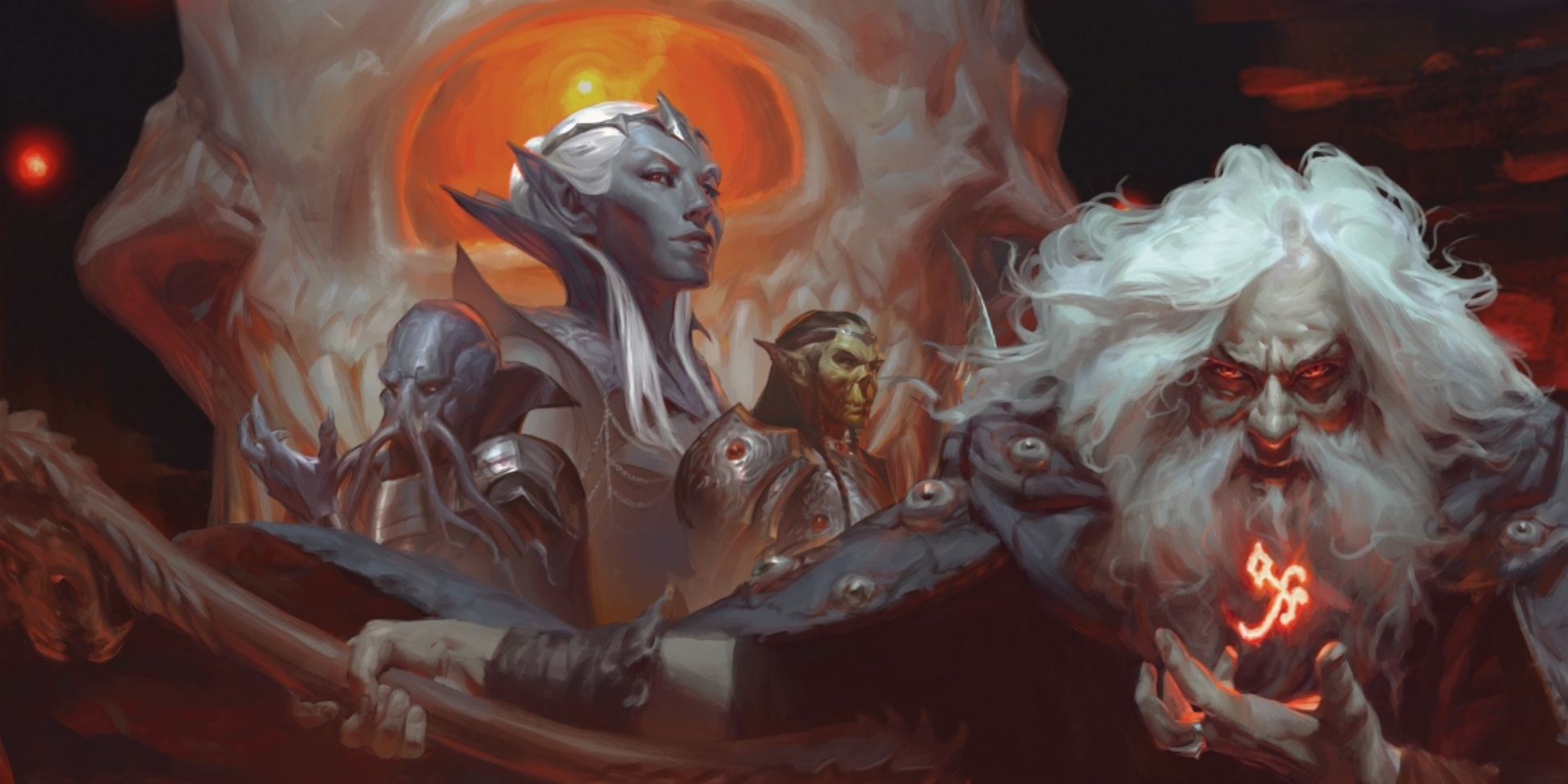
We close out our Let’s Make A Dungeon series with a look at how to make a dungeon feel alive! Aliiiiiive!
One of the best things you can do when you’re making a dungeon is figuring out how to make it feel alive. Not literally–although a whole dungeon that is also a Mimic is a pretty good idea. But we’re talking specifically about Dynamic Dungeons. All that means is that the Dungeon changes every time you come back to it.
It’s that easy. If you’re exploring the goblin caves and you come across a patrol and kill a few goblins, but then leave? If that goblin lair is dynamic, when you come back, changes will have happened. Maybe the goblins have redoubled their patrols. Or maybe they’ve built more traps. Maybe they’ve decided that the 25 gp worth of copper they stole isn’t worth it and swear fealty to the players. Whatever the end result, it’s just imagining that the game moves even when the PCs aren’t there. And better–if the game reacts to what the players do, it makes their choices feel like they matter.
That’s the real dirty trick behind the power fantasy of any game. We want to feel like our actions, however small, make any kind of difference because it’s hard to feel that in the real world. Unless you really get a kick out of feeling like the numbers you’re in charge of generating or watching got bigger at a slightly bigger rate than expected. Let’s not get into existential dread on day 3 of the new year though. One of the best ways to feel like your choices matter is to see the consequences of them. And that’s where a dynamic dungeon comes in.
Changes And Consequences
All you have to do is think about a few different ways that it can change. You won’t be able to plan for everything your players will do–but you can think about what they’re likely to do. If there’s an evil arch-mage’s tower and there’s a chance the players might Dungeons & Dragons that wizard right in the face, one of the big things you can do is plan for how the tower changes once the arch-mage isn’t there. What happens to the bound elementals? Do the magical energies carefully contained in the experimental chamber dissipate harmlessly?
It doesn’t matter what they would actually do–all of this is ultimately made up and you can decide anything happens. But if it feels like they fit together logically you’ll build verisimilitude. Which is a fancy way of saying you make the world feel like it’s real.
Honestly, part of what makes D&D or other RPGs stand out is that you could, if you wanted to, buy a pick and smash through every wall, break every object. Instead of a preprogrammed set of possibilities, you have a DM who can accommodate whatever you want to try. And there’s a lot of fun to be found in subvertning expectations.
There’s nothing that can’t be answered, even if the answer is no. For example, you can’t just walk up to the king and take his crown off. But it’s not because the game won’t allow you to. Instead, it’s because his guards would try and arrest you. And that right there? That’s a kind of magic all its own. The guards react to the player deciding to steal the king’s crown. Which means that if the PCs manage to pull it off? Your game will live in memory. We all tend to chase those moments of “I can’t believed that worked.”
Let’s Make A Dynamic Dungeon
So with all that in mind, let’s pull up our Lost Sanctum of the Vampire Knight and look at how our theoretical players will wreck it. If you’re just joining us, we’ve spent the last few weeks building out the Lost Sanctum of the Vampire Knight–a level 4-7 dungeon complex we built using a seed from the d20 SRD Fantasy name generator.
Going off of that name, we picked a theme, decided on some monsters and other features that fit the theme, figured out areas in the dungeon. Then, we got those areas linked together and built our boss encounter, and finally designed some interconnected starting areas to reward players for exploring off the beaten path.
Now we’re going to look at a few things that might change as a result of the player’s actions. Right now, we’ve broken our dungeon up into four main areas and given ourselves room for as many sub-areas as we want. We have a castle, stables, a graveyward, and a dungeon. Last week we put a few pieces in motion–there’s a ghost that haunts the caverns near the dungeon, some explorers came to the graveyard hunting ghosts, there are guards to the castle out front. All of this is just a reminder to use what we’ve already created to inspire us. No need to make this harder than it has to be.
We can also find “moving parts” in our themes. This is a lost sanctum with a Dracula kind of mood. Lots of fog and darkness–so it wouldn’t be out of place to assume that there’s a curse or two in there somewhere. A good place to start is with memorable encounters. Looking at our list of “minibosses” we have:
- A minotaur skeleton
- A banshee/wraith
Both of these lend themselves well to showing off something that changes if the players should rest or come back to the dungeon. Killing or banishing the spirit in the Graveyard might well remove a curse around it. So maybe we pick an effect to represent the curse. Let’s say players who take a short rest while the curse is active only regain half the hit points rolled on their hit dice. Once it’s lifted (by whatever means), exploring the manor becomes easier.
Get Specific
How do we figure out why this place is cursed? We get specific. We’re rolling with the idea of a graveyard curse tied to our ghostly miniboss. So let’s figure out who our Wraith is. What feels like it fits?
Maybe our Wraith was once a corrupt noble who used to live in the castle. Now their tormented spirit has left a corrupting influence on the manor. Portraits of this noble exude an aura where this effect is in place and maybe they look creepy and seem to move when players look at them. We could tie a mechanical effect like “while near a portrait necrotic energy deals an extra d6 damage” so that there’s an effect linked to the portraits of the noble. This gives our players something to deduce. But it also lets us show how the dungeon changes after the spirit is beaten. Now the portraits can change to reflect it. Boom, you’ve got a change players can see. These are regular paintings now, not Ghostbusters II ones.
Similarly the minotaur skeleton could be a guardian near the stables/grounds. Maybe there’s a horse track where knights might have practiced jousting, and now a minotaur skeleton and band of undead knights make it their home. They maraud out from there, and if the players are exploring other parts of the house and make noise, they draw the attention of the patrolling knights. Or there’s a chance that they’ll encounter a band of undead knights as they approach. These knights might use hit and run tactics to make the party spend resources until they are tracked down and dealt with.
But let’s get a little more esoteric and find clues that draw our players in to more action. Maybe once the players defeat the minotaur and its knights, they unlock a talisman to summon the Vampire Knight’s Nightmare if they can perform a particular ritual. Or to banish it. Or whatever. The point is we’re cooking up a way for the players to change their environment–which if you’re playing along at home, all of these are great Quests too.
Easy Tricks
But not everything has to be super involved. You can make your dungeon feel dynamic by just having folks from the next room come in when they hear a fight happening. Or if you have different rooms or enemies appear whether it’s day or night. Even that gives the idea that the world is happening when we aren’t looking at it.
We can emphasize the PCs victories and defeats too: If the Vampire Knight suspects an attack, they might summon more wolves and other creatures–or if the players make the place a little safer, maybe a nearby band of goblins or kobolds moves in looking to loot whatever the players haven’t taken (which is everything that’s not nailed down. And then everything that is. Then the nails.) And they’re grateful to our heroes as the givers of wealth.
If players return to the dungeon, it should feel like it wasn’t just waiting. Maybe the Vampire Knight called up reinforcements from the graveyard. Or maybe the Vampire Knight attacked the nearby town looking for more vampire soldiers. Maybe the ghosts, now freed offer tips about exploring the dungeon before moving on.
All of these could work, and hopefully you’ve got some inspiration all your own by now. Whatever you decide, just keep in mind how the dungeon and folks inside might change and react to the characters exploring it. Do that and you’ll encourage your players to try things. To play just to find out what happens. And once they start doing that, everyone wins.
Until next time folks, Happy Adventuring!

